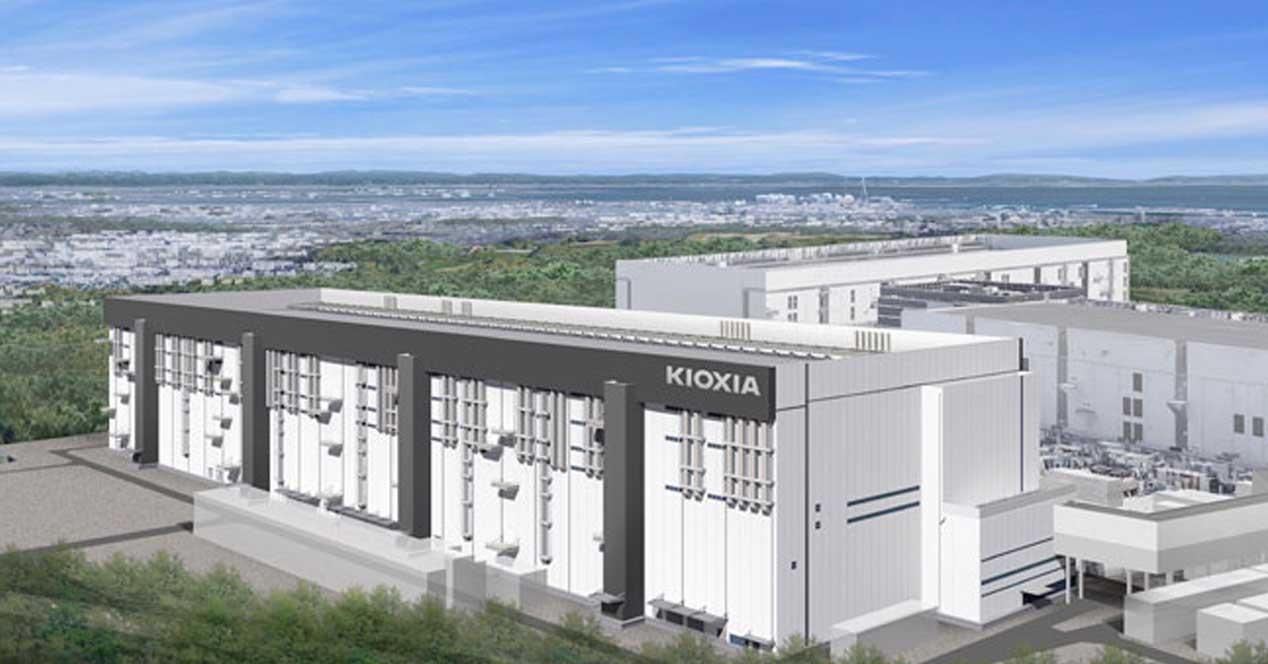Many of the companies dedicated to hardware development are committed to research work to find new technologies that are capable of surpassing those we can currently find in performance and efficiency. And this time one of those who lead the memory sector, Kioxiahas obtained a position to present all his progress in one of the largest technological exhibitions there is, the IEEE International Electron Devices Meeting (IEDM), where we can see the proposals they have related to the memory of electronic devices.
There are many events that are extremely large and that allow us to know in detail what we can find in the future, but if we want to talk about progress technological focused on semiconductors and all their applications, it is clear that one of the most important is the IEDM. During this event Kioxia will present three great innovations that will seek to transform the way in which memory development concepts are applied, and that is that they will introduce a new type of DRAM; MRAM suitable for higher capacities for SCM applications; and a structure of 3D flash memory with much higher density and performance.

Kioxia seeks to revolutionize memory-related technologies
From Kioxia They know what the current needs are in terms of memory, which is why they have worked on three key advances, which they will present during the IEDM which will be held between December 7 and 11 in San Francisco, below we tell you what they are and what news they will bring.
Oxide Semiconductor Channel Transistor DRAM (OCTRAM)
One of the main aspects that the company wants to make clear is that there are ways to improve the performance and efficiency of the systems that currently exist, which is why they have collaborated with Nanya Technology to develop OCTRAM. This technology consists of a vertical transistor that enhances circuit integration by improving the manufacturing process, achieving a truly low leakage current by bringing to light the properties of the transistor using an oxide semiconductor, this would greatly reduce consumption. of energy in a wide variety of applications, such as AI systems and IoT products.
High-Capacity Crosspoint MRAM Technology
One of the most important technologies that we can find at the level of AI and big data processing, developed in conjunction with SK Hynix, the objective was to achieve cell read/write operation on an extremely small scale. The biggest problem with doing this is that memory reliability tends to degrade as the cells get smaller, so they have developed a possible solution that uses a new reading method that reduces this. problem to a large extent.
Next-generation 3D memory technology with horizontal cell stacking structure
Kioxia has developed a new 3D structure to improve the reliability and prevent performance degradation of NAND-type cells. Performance degradation typically occurs when the number of stacked layers increases in conventional structures. The new structure arranges NAND cells horizontally by stacking them compared to the conventional structure of vertical arrangement of NAND cells. This structure allows for 3D flash memories with high bit density and reliability at low cost.










